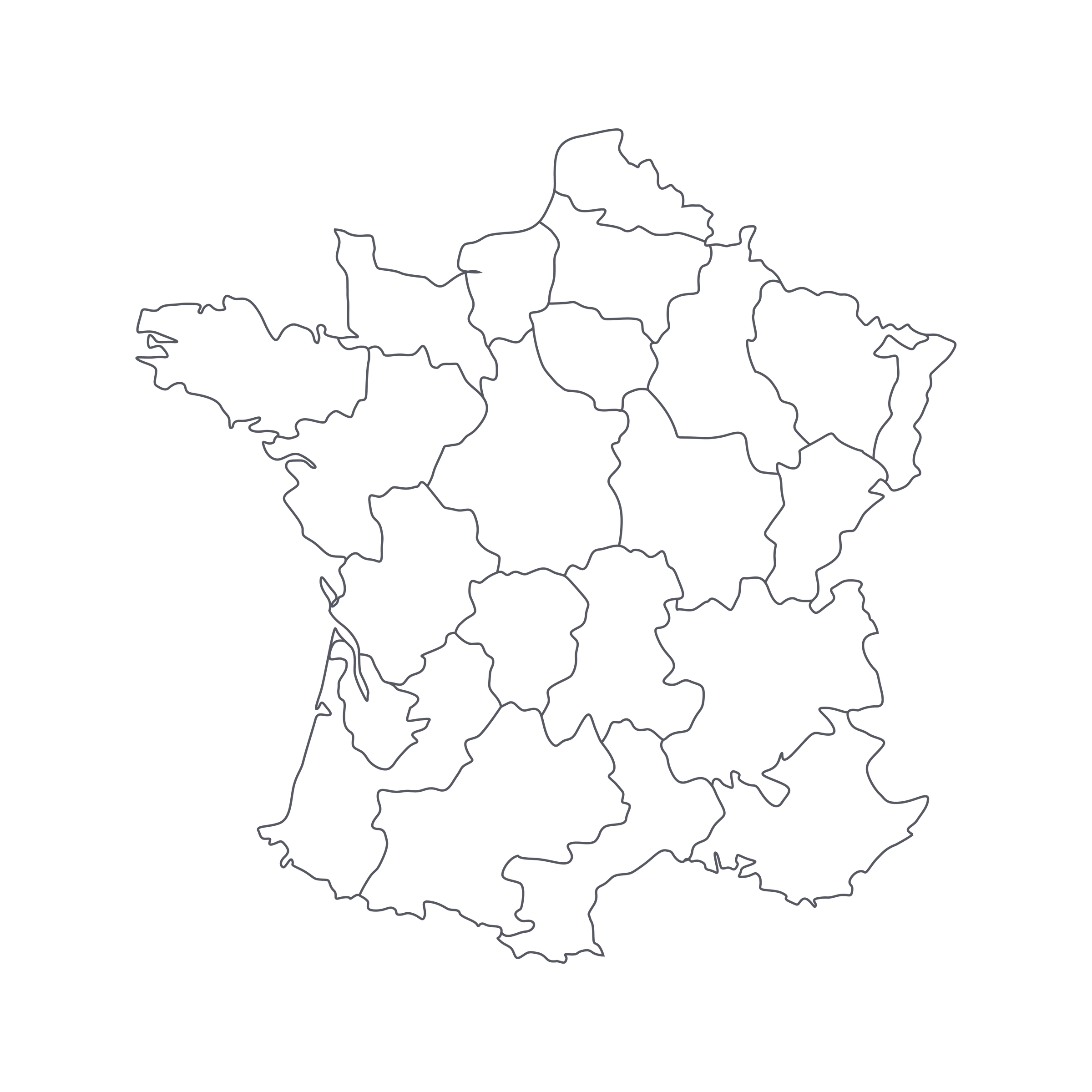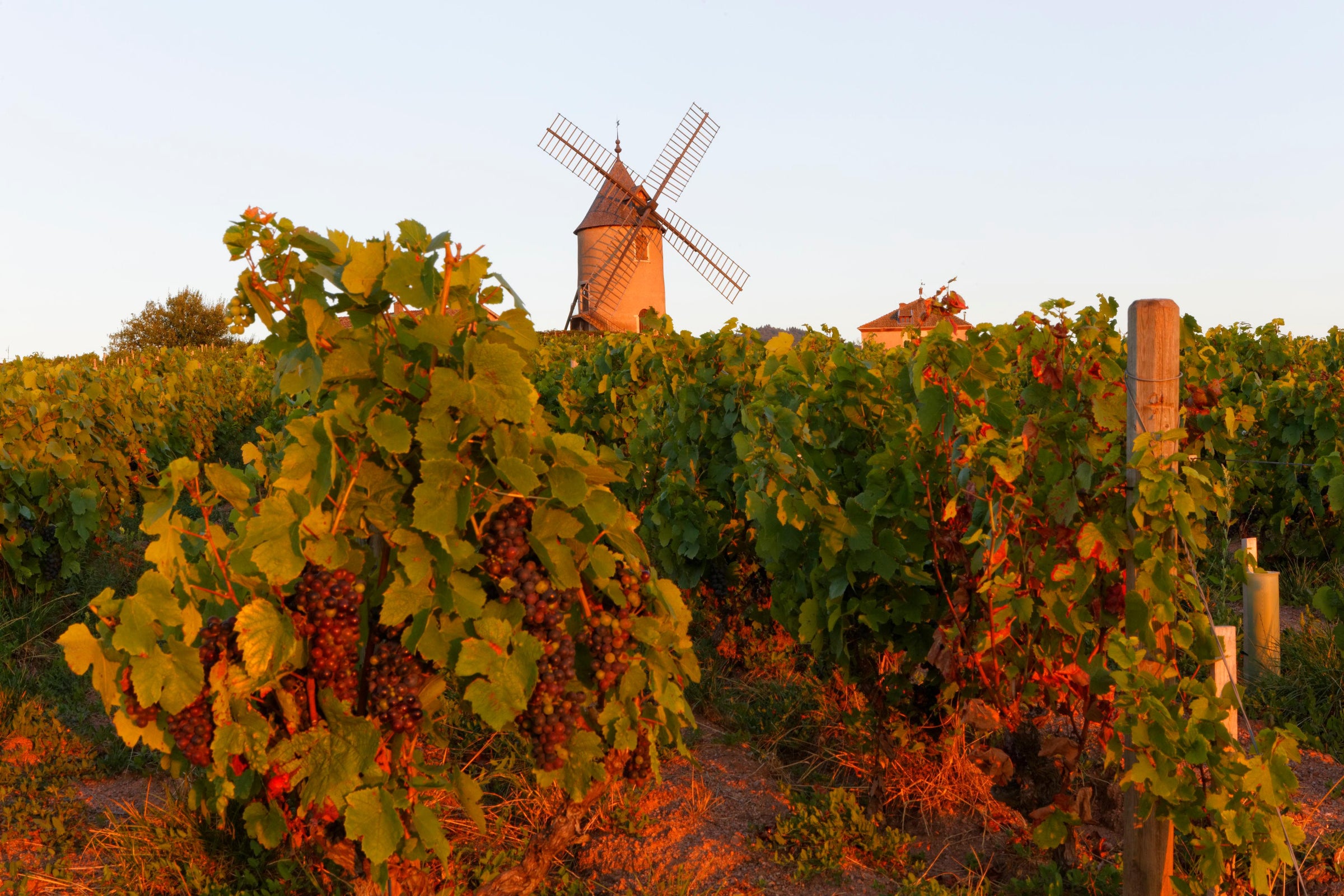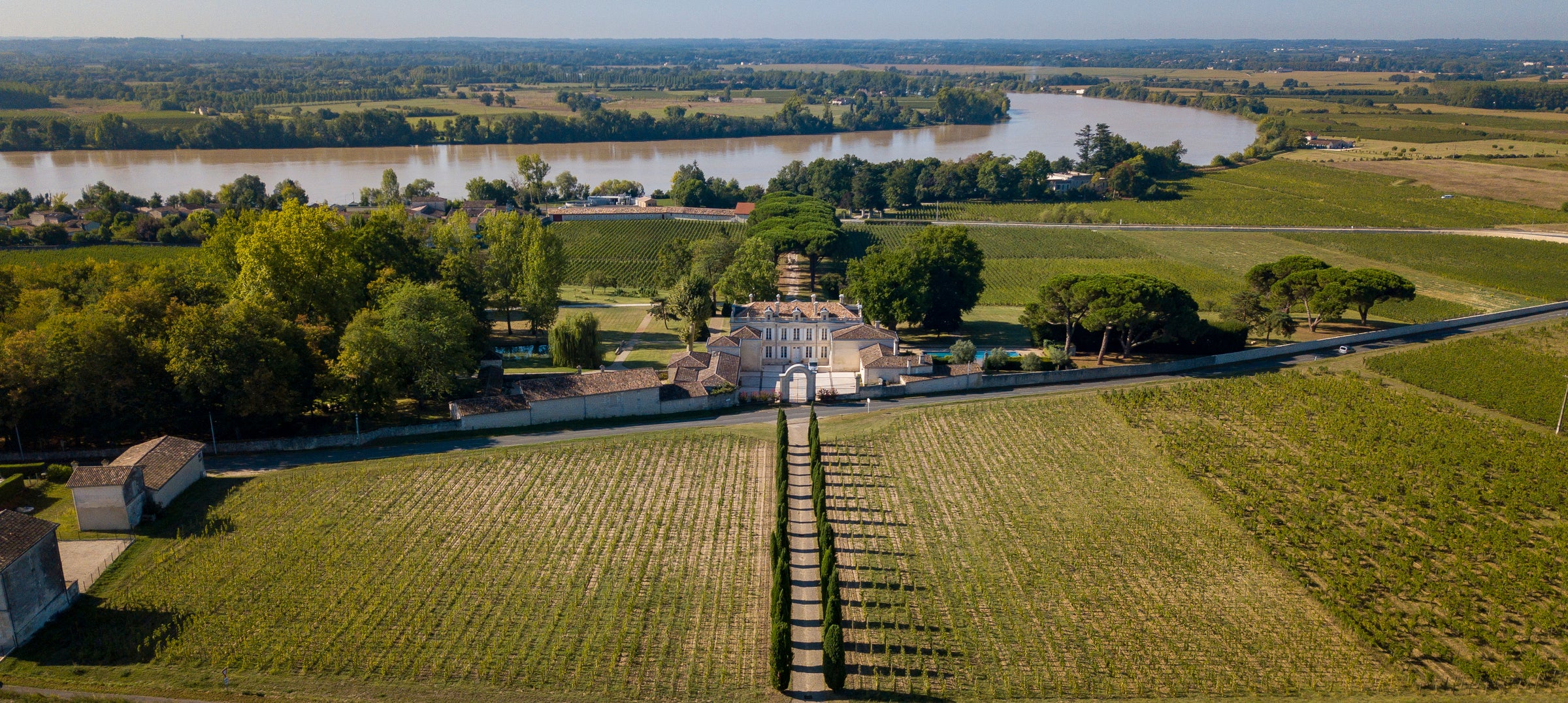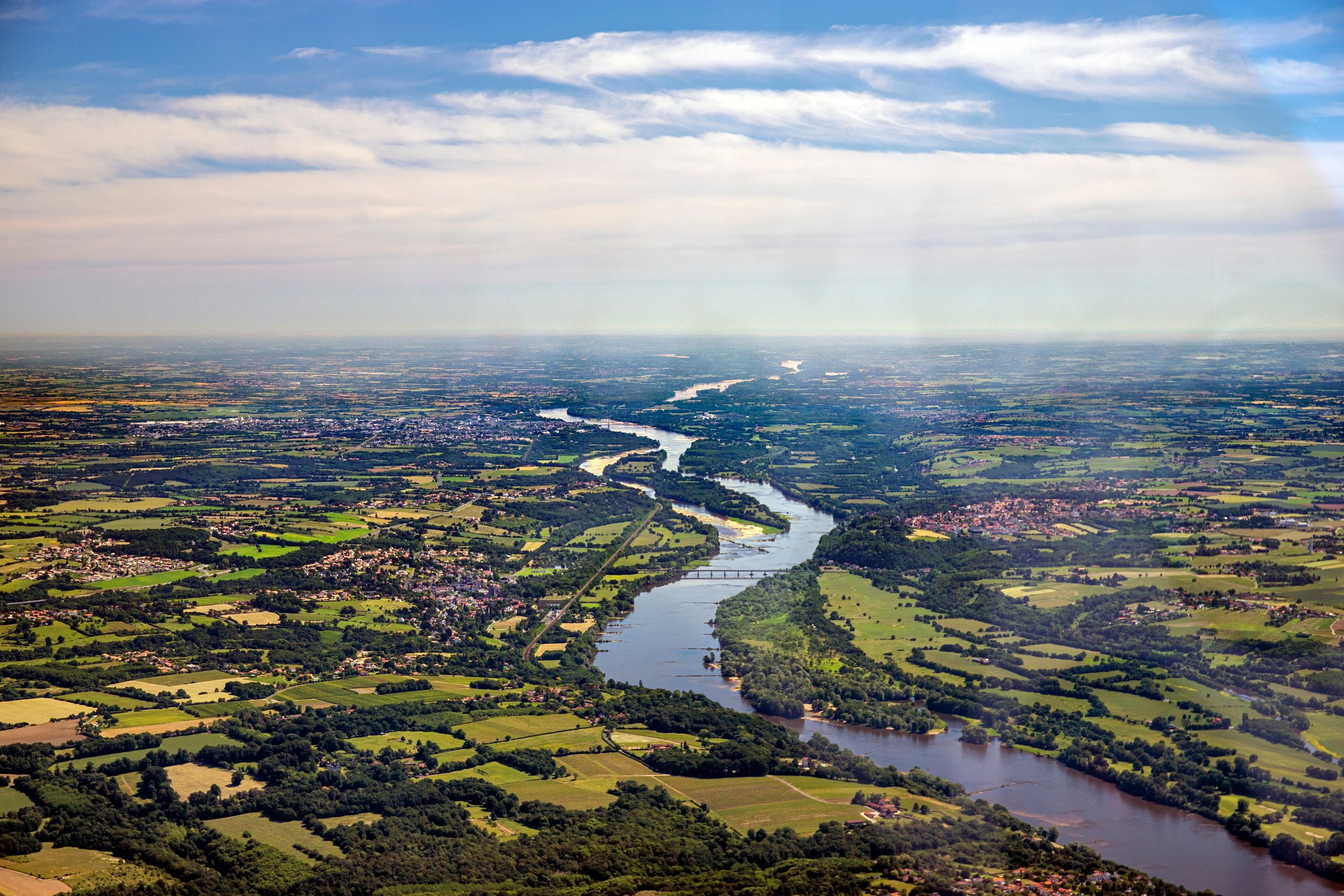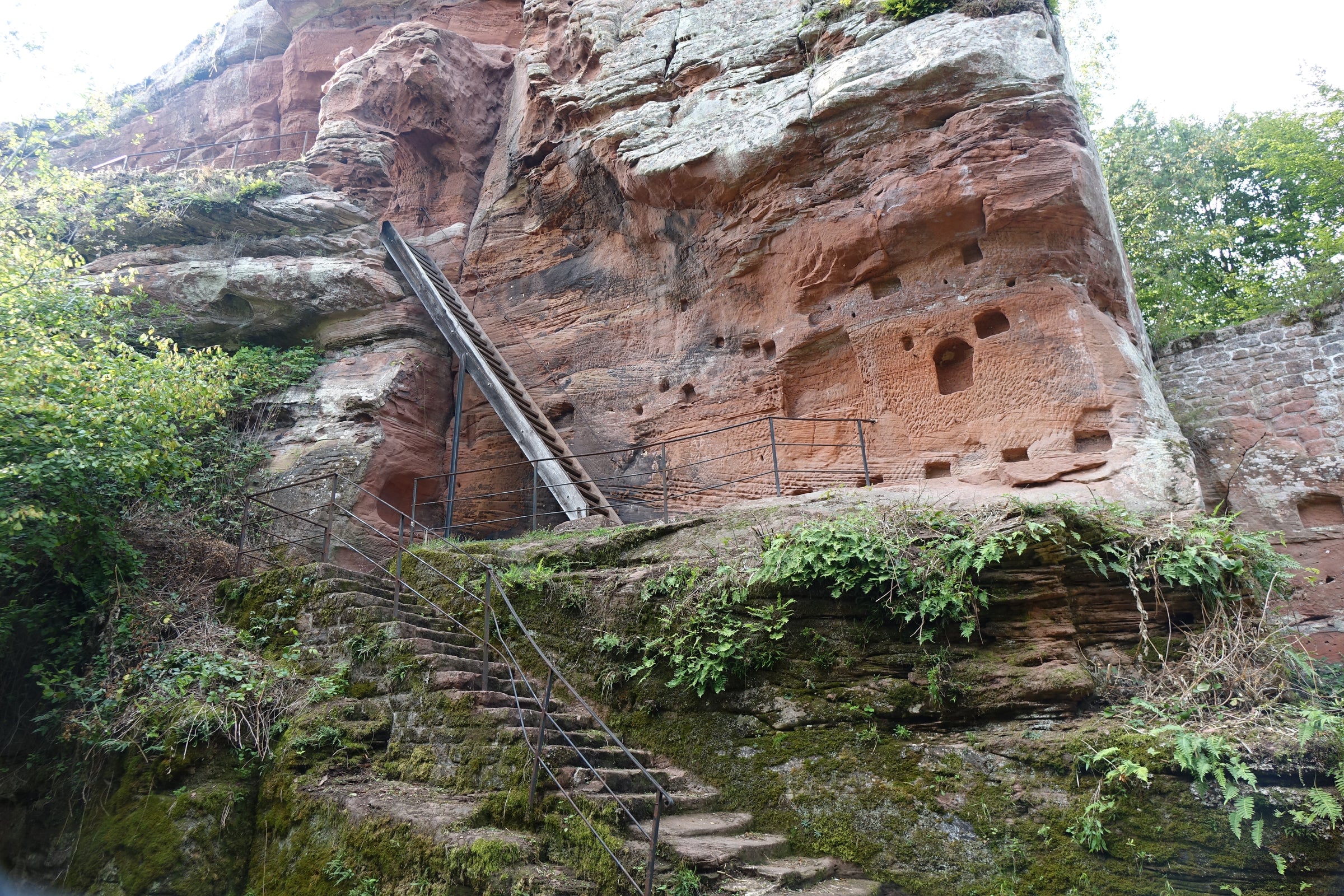In recent offers, we’ve focused on the old Remoissenet—back-vintage wines taken directly from their cellars in Beaune. Today, we’re showcasing the new Remoissenet—namely, what’s been happening at this historic property since new ownership took over in 2005.
Established in 1877, Remoissenet is one of Burgundy’s most venerable
négociants, but some felt it had become a little hidebound in its old age. However, thanks to new investors and the team they installed—journalist-turned-president Pierre-Antoine Rovani; consulting oenologist Claudie Jobard; GM Bernard Répolt—Remoissenet has become one of the most dynamic names in Burgundy today. Whether by purchasing vineyards outright or developing closer, incentivized relationships with contract growers, Remoissenet’s chief investment has been in sustainable farming, and it shows in the quality of the wines. Gone is the large, lumbering ‘merchant-bottler’; in is the nimble, hands-on ‘micro-négociant’ overseeing every step of the grape’s journey from vine to glass. Today’s offer is a perfect example: Because of the 2016 frost, they were unable to produce a village-level Chassagne-Montrachet, but Rovani wanted to keep supply consistent in the market, so he offered his US importer a free upgrade—a 2014 ‘village’ Chassagne that is, in fact, the 2014 Chassagne Premier Cru “Les Chenevottes.” Label notwithstanding, you’ll see the Chenevottes designation on the cork when you pull one (which I suggest you do soon): This is elite Premier Cru wine with a generic label. And it’s from 2014 no less, one of the great white Burgundy vintages in recent memory. Is it an unusual situation? Yes. Is the wine for real? Absolutely (our relationship with Remoissenet is ironclad). You won’t find it anywhere else at retail, and we’ve got enough to share up to 6 bottles per person today.
For most of its history, Remoissenet farmed only a few hectares of its own vineyards, but the estate-owned tally has grown considerably over the last decade (from just two hectares to 27+, to be more specific). All Remoissenet-owned sites have transitioned (or are transitioning) to biodynamic farming, while at the same time, Jobard and company are more closely managing their contract growers with an eye toward maximum sustainability. Today’s wine, from the “Chenevottes” Premier Cru, was crafted from purchased fruit; this site sits at the northern end of Chassagne-Montrachet near its border with Puligny-Montrachet, and is known for its very open, east/southeast aspect. It’s a sun-soaked site with an extremely subtle slope, lending its wines excellent ripeness, depth, and texture. The cooler 2014 vintage was the perfect year to showcase this site: there’s plenty of ripeness but not so much that the wine skews fat or flabby. The mixture of creaminess and tension here is really tantalizing—it’s a wine we thrilled to over the course of a meal with “Bernie” Répolt back in March, but it’s also a white we’d be happy to lay down for another 10+ years.
In the glass, this 2014 “Chenevottes” Premier Cru—again, it doesn’t say so on the label, but I assure you that’s what’s inside—displays a shimmering yellow-gold core with straw-gold reflections at the rim. Almost right from the bottle it is friendly and open, with full-throttle aromas of yellow apple, nectarine, salted lemon, marzipan, white flowers, fresh cream, and warm baking spices (Remoissenet’s Premier Cru wines are typically aged in 30%-50% new French oak, the influence of which has integrated nicely with a touch of bottle age). This is a very textural, opulent, medium-plus-bodied wine that also delivers invigorating freshness—the magic of Premier Cru in a nutshell. If enjoying a bottle now, decant it about 30 minutes before serving in Burgundy stems at 50-55 degrees, and if there were ever a time to deploy your go-to roast chicken preparation, this would be it. It’s the total package (despite its nondescript package). Enjoy the “reveal” of this hidden Premier Cru with friends, perhaps serving it blind to get their impressions before telling its story. I guarantee they’ll be blown away. Enjoy!


